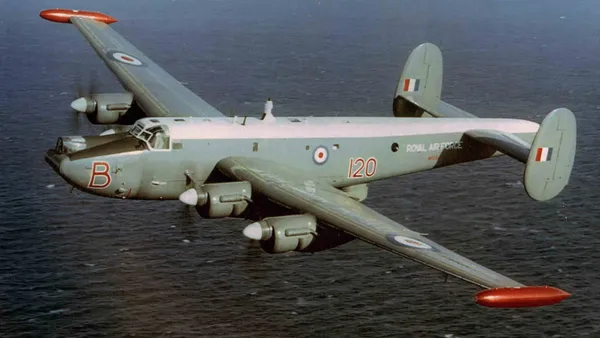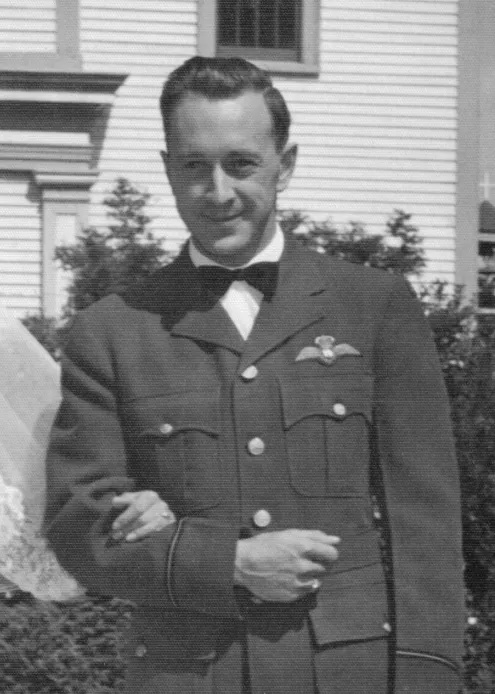Fillion, Leon Rodrigue
Missing 1967-11-19
Service
RCAF
Unit
120 Sqn- Squadron (RAF)
Base
Rank
Flight Lieutenant
Position
Flight Lieutenant
Service Numbers
47516
Avro Shackleton

Air to air photograph of Avro 716 Shackleton MR.3 (WR989) of 120 Sqn RAF
The Avro Shackleton is a British long-range maritime patrol aircraft (MPA) which was used by the Royal Air Force (RAF) and the South African Air Force (SAAF). It was developed by Avro from the Avro Lincoln bomber, which itself had been a development of the famous wartime Avro Lancaster bomber.
The Shackleton was developed during the late 1940s as part of Britain's military response to the rapid expansion of the Soviet Navy, in particular its submarine force. Produced as the primary type equipping RAF Coastal Command, the Type 696, as it was initially designated, incorporated major elements of the Lincoln, as well as the Avro Tudor passenger aircraft, and was furnished with extensive electronics suites in order to perform the anti-submarine warfare (ASW) mission along with a much-improved crew environment to accommodate the long mission times involved in patrol work. Being known for a short time as the Lincoln ASR.3, it was decided that the Type 696 would be named Shackleton in service, after the polar explorer Sir Ernest Shackleton.
The new aircraft was to be capable of a 3,000-nautical-mile (3,500 mi; 5,600 km) range while carrying up to 6,000 pounds (2,700 kg) of weapons and equipment.
The Merlin engines were replaced with the larger, more powerful and slower-revving Rolls-Royce Griffons with 13-foot-diameter (4.0 m) contra-rotating propellers. This engine's distinctive noise often caused crew members to develop high-tone deafness.
The Type 719 Shackleton IV, later known as the MR 4, was a projected variant intended to meet a Canadian requirement for a long-range patrol aircraft. The MR 4 would have been practically a new aircraft, sharing only the nose, cockpit, and outer wings with earlier variants; it would have also been powered by the Napier Nomad compound engine. The Shackleton IV was cancelled in 1955 and the Canadian requirement subsequently met by the Britannia Maritime Reconnaissance later to emerge as the Canadair Argus.Wikipedia



 St. Laurent, Ile d'Orleans, Quebec
St. Laurent, Ile d'Orleans, Quebec Canadian Virtual War Memorial
Canadian Virtual War Memorial Wikipedia Avro Shackleton
Wikipedia Avro Shackleton Harold A Skaarup Web Page
Harold A Skaarup Web Page